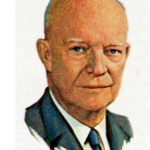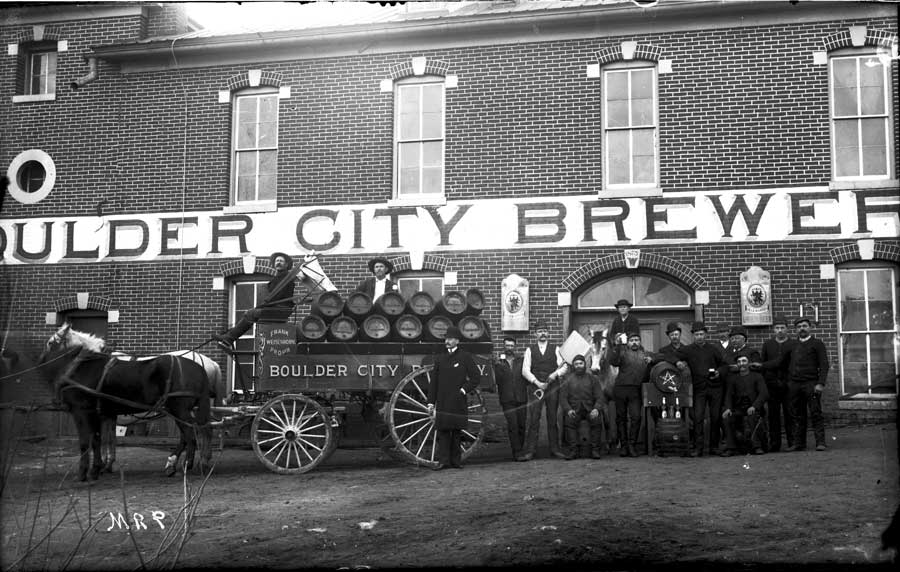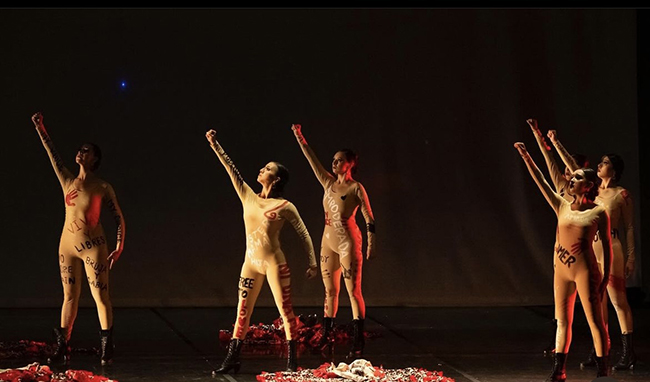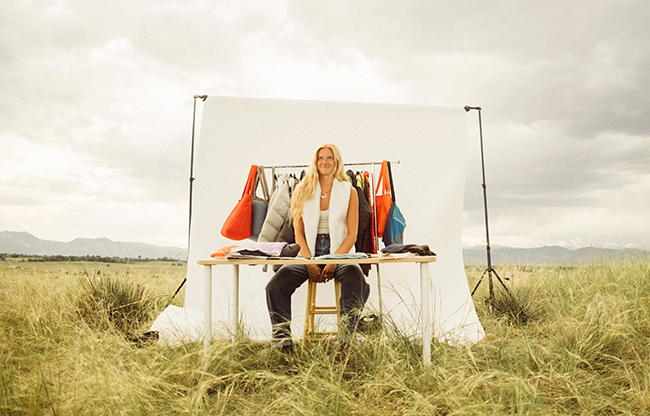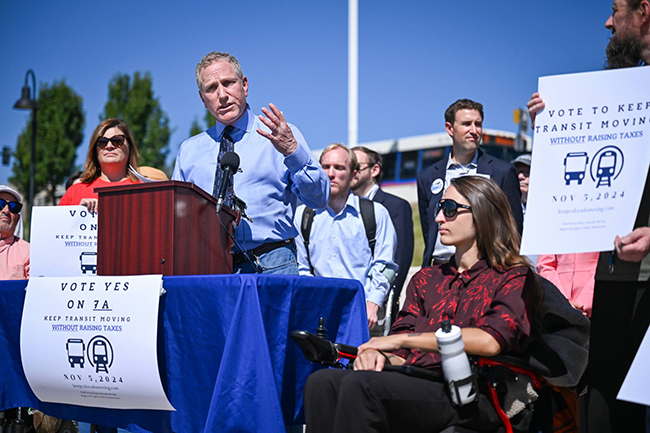Keeping Time with NIST
01 Jun 2018
Best Known for Its Atomic Clock, This Institute Impacts Our Daily Lives
By Sharon Cutler “Pull over and open everything up,” instructed the security guard at the entrance of the National Institute of Standards and Technology (NIST). “Open up your glove box, the console, the hood, the hatchback and the doors. I’m looking for drugs, alcohol and firearms.”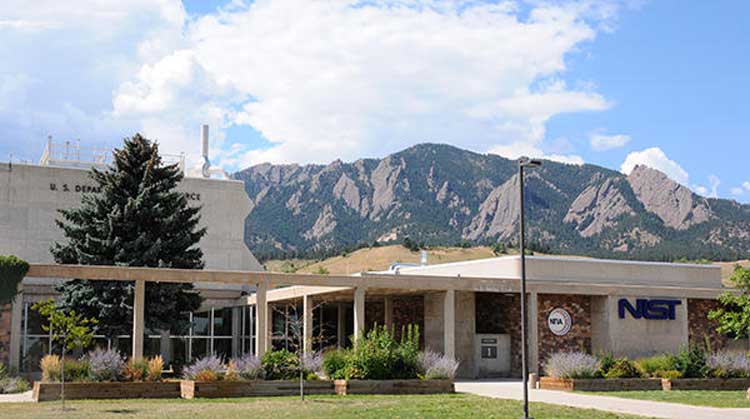
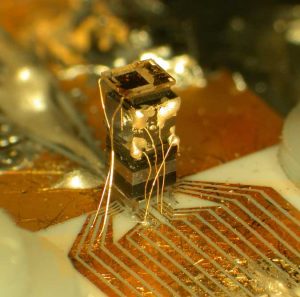
Creating More Reliable MRI Tests
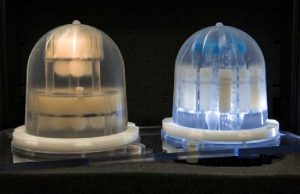

No More Communications Breakdown
NIST also houses the communications technology laboratory, home to the RF technology division, the public safety communication research division (PSCR) and the wireless network division, which provides measurements and standards so “everyone’s communications technology can work together,” explains Marla Dowell, director of the communications technology laboratory and the NIST Boulder laboratory director. NIST’s efforts will allow industry, consumers and first responders to communicate faster and more effectively and may ultimately save lives.

How NIST came to Boulder
